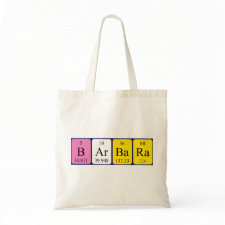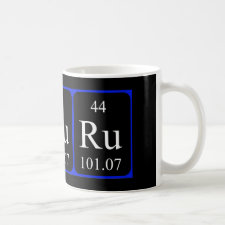
Authors: Zambrzycka E, Kiedysz U, Wilczewska AZ, Lesniewska B, Godlewska-Zylkiewicz B
Article Title: A novel ion imprinted polymer as a highly selective sorbent for separation of ruthenium ions from environmental samples.
Publication date: 2013
Journal: Analytical Methods
Volume: 5
Issue: (12)
Page numbers: 3096-3105.
DOI: 10.1039/C3AY40546J
Abstract: A complex of Ru(III) with benzaldehyde thiosemicarbazone was used for the preparation of new ruthenium ion imprinted polymers. The polymers were synthesized using 4-vinylpyridine and styrene as functional monomers, divinylbenzene as a cross-linking agent, and ethanol or chloroform as a porogen in the presence of 2,2'-azobisisobutyronitrile as an initiator via the bulk polymerization technique. The polymers were used in dynamic mode as a selective sorbent for solid phase extraction of Ru(III) ions. The analyte was efficiently retained on the polymers at pH 8.0 ± 0.1 and eluted with 2 mL of 0.3 mol L-1 thiourea in 0.3 mol L-1 HCl. The influence of the type of porogen (ethanol and chloroform) and column size on the separation of analyte on the prepared material was also studied. The efficiency of retention and elution and sample flow rates were higher on columns of smaller diameter and the polymer prepared in ethanol. The analytical performance of the polymer prepared in ethanol such as the recovery of the Ru(III) ions, the reproducibility of the results (<3%), the limit of detection (0.26 ng mL-1), the selectivity in the presence of Pt(IV), Pd(II), Rh(III), Co(II) ions and the sorption capacity (237.4 μg g-1) was superior in comparison to other ruthenium imprinted polymers. The developed separation procedure was successfully applied to electrothermal atomic absorption spectrometric determination of trace amounts of ruthenium in tap and river water, municipal sewage, road runoff, and grass
Template and target information: ruthenium ion, Ru(III)



Join the Society for Molecular Imprinting

New items RSS feed
Sign-up for e-mail updates:
Choose between receiving an occasional newsletter or more frequent e-mail alerts.
Click here to go to the sign-up page.
Is your name elemental or peptidic? Enter your name and find out by clicking either of the buttons below!
Other products you may like:
 MIPdatabase
MIPdatabase









